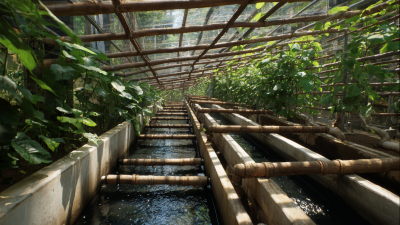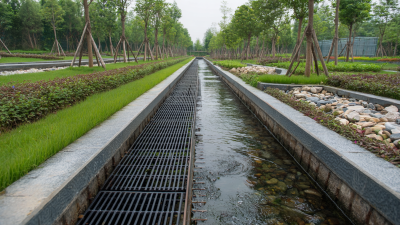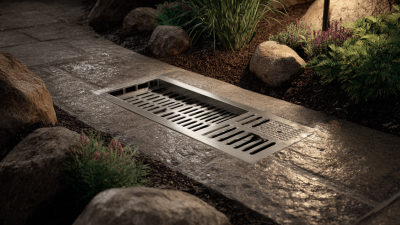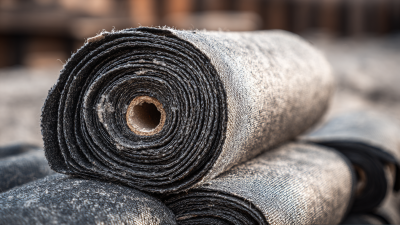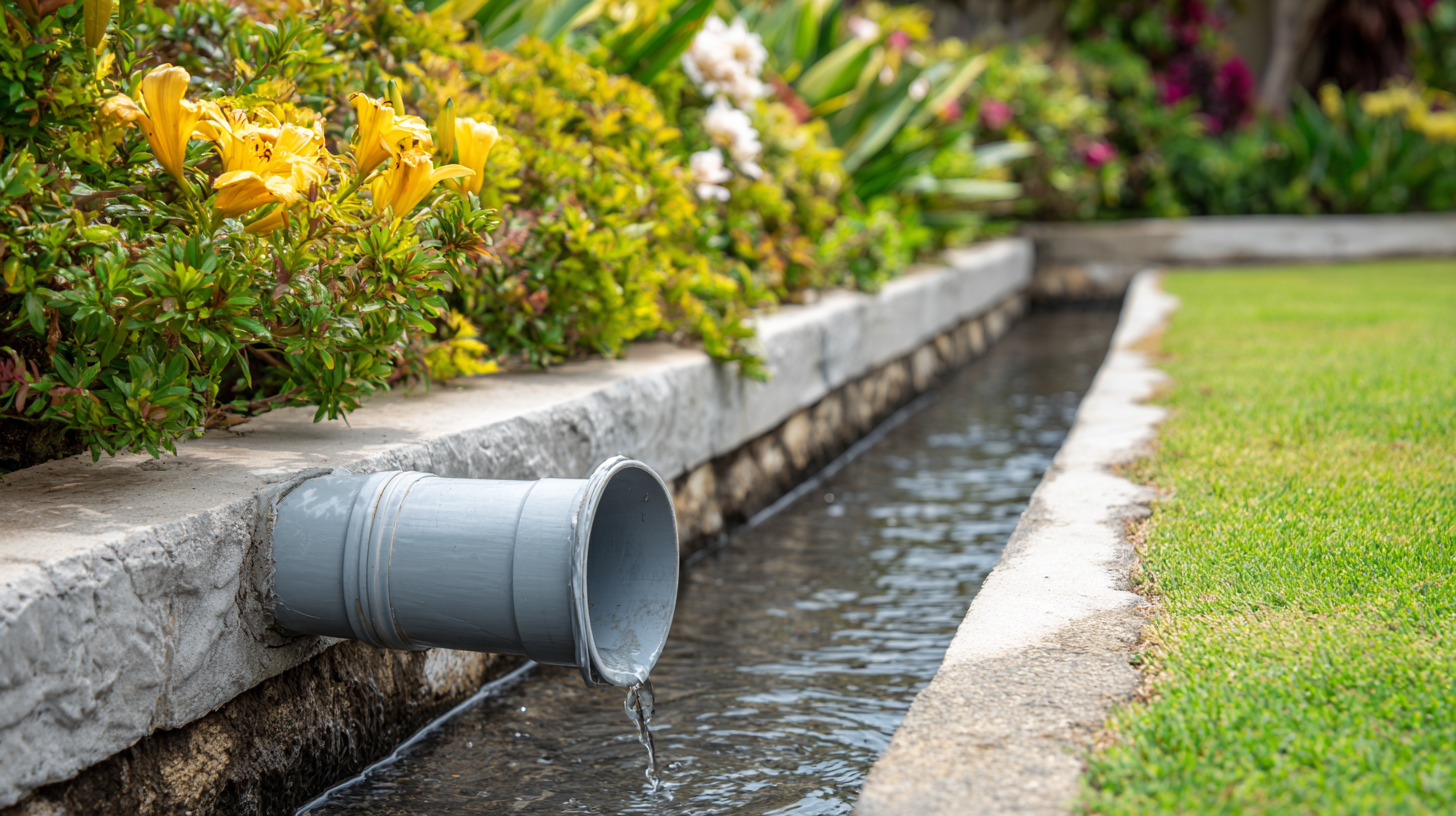 Proper management of a home drainage system is crucial for maintaining the integrity of any property, as research from the American Society of Civil Engineers indicates that approximately 45% of all homes experience water-related issues at some point. An inefficient drainage system can lead to costly damage, including basement flooding, structural deterioration, and mold growth, which can affect both the safety and value of a home. In fact, the National Flood Insurance Program reported that flood damage can lead to an average of $30,000 in repair costs. To mitigate these risks, homeowners must prioritize the optimization of their drainage systems. By focusing on seven key factors for effective water management, you can significantly enhance the performance and longevity of your home drainage system, ensuring a safe and dry living environment.
Proper management of a home drainage system is crucial for maintaining the integrity of any property, as research from the American Society of Civil Engineers indicates that approximately 45% of all homes experience water-related issues at some point. An inefficient drainage system can lead to costly damage, including basement flooding, structural deterioration, and mold growth, which can affect both the safety and value of a home. In fact, the National Flood Insurance Program reported that flood damage can lead to an average of $30,000 in repair costs. To mitigate these risks, homeowners must prioritize the optimization of their drainage systems. By focusing on seven key factors for effective water management, you can significantly enhance the performance and longevity of your home drainage system, ensuring a safe and dry living environment.
Assessing your current drainage system is crucial for effective water management in your home. The first step is to conduct a thorough inspection of your property, focusing on areas prone to water accumulation. Utilize tools such as a level to check for proper grading around your home, ensuring that water flows away from the foundation. Visual assessments can identify any visible blockages in gutters, downspouts, and drainage ditches, which can lead to pooling and potential damage.
In addition to visual inspections, employing techniques like water flow testing can help evaluate your system's efficiency. By observing how quickly water drains in various areas after rain or manual application, you can pinpoint problematic spots. Cameras can also be utilized for a more in-depth look at underground drains, revealing hidden blockages or structural issues. Combining these methods will provide a comprehensive understanding of your drainage system's performance, enabling you to make informed decisions on necessary upgrades or repairs.
Effective water management starts with identifying common drainage issues, which can dramatically impact both residential and commercial properties. According to a report by the American Society of Civil Engineers (ASCE), nearly 80% of U.S. infrastructure is in disrepair, with drainage systems often overlooked. This neglect can lead to significant problems such as flooding, erosion, and structural damage. Common drainage issues include clogged gutters, inadequate grading, and compromised downspouts, all of which can contribute to water pooling and damage around your home.
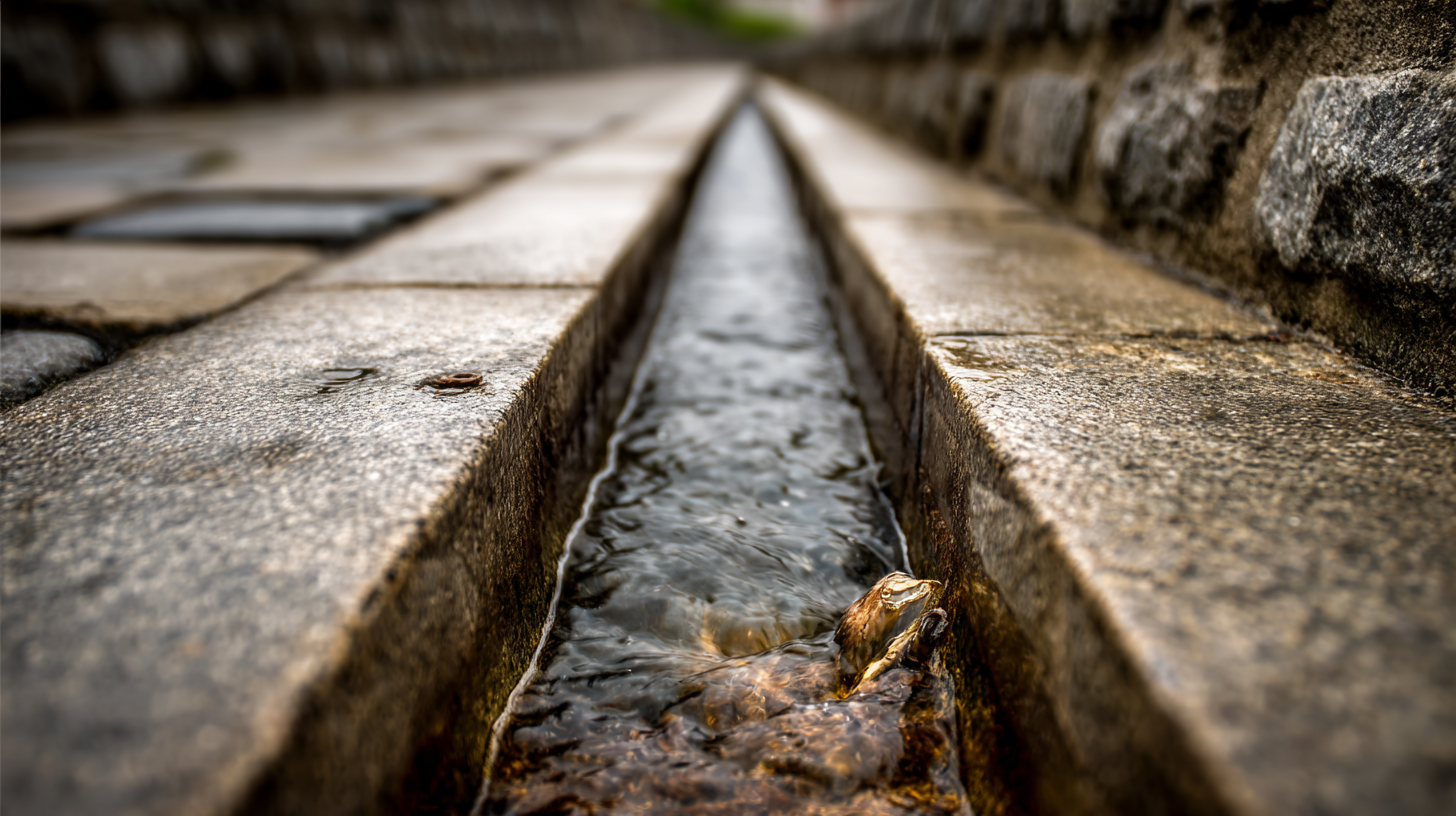
To address these issues, it’s crucial to implement targeted solutions. Regular maintenance—such as cleaning gutters and ensuring proper slope—can mitigate clogs and ensure water flows away from the foundation. The Environmental Protection Agency (EPA) recommends using permeable paving and rain gardens to improve water absorption and reduce runoff. By taking proactive measures, homeowners can enhance their drainage systems, ultimately leading to a more resilient property and decreased water-related damages that could potentially cost thousands in repairs.
When optimizing your home drainage system, landscape grading is a critical factor that can significantly improve water management. Proper grading allows water to flow away from your home, helping to prevent water accumulation and potential damage to your foundation. According to the U.S. Environmental Protection Agency, improperly graded landscapes can lead to increased runoff, which exacerbates flooding and erosion issues. By creating a slope that directs water towards designated drainage areas, homeowners can mitigate these risks effectively.
Additionally, incorporating rain gardens into your landscape can enhance drainage and water quality. These landscaped areas are designed to capture and filter stormwater, allowing it to percolate into the ground rather than flowing directly into storm drains. Studies have shown that rain gardens can reduce runoff by over 30%, making them a valuable asset in regions prone to heavy rainfall. Furthermore, using the right type of mulch around these areas not only nourishes the soil but also retains moisture, further supporting healthy plant growth while enhancing overall drainage efficacy. Properly executed landscape grading, along with features like rain gardens, can transform your yard into a more resilient and attractive environment.
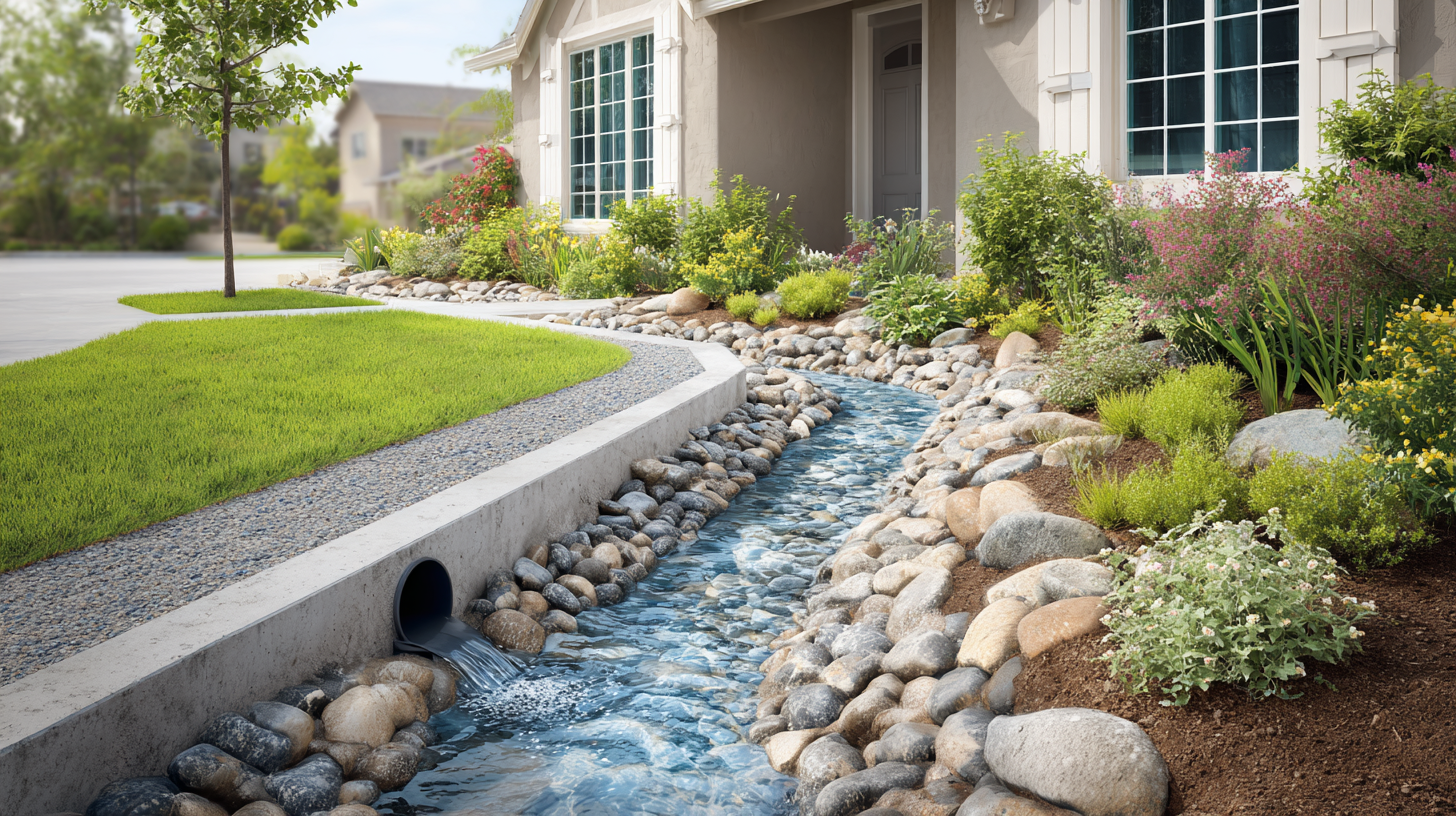
Implementing effective drainage solutions is crucial for maintaining a healthy home environment. Among the various options available, French drains stand out as one of the most efficient methods for managing excess water. According to a report by the American Society of Civil Engineers (ASCE), poorly managed stormwater runoff can lead to significant property damage, costing homeowners an average of $4,000 to $6,000 in repairs. French drains help mitigate this risk by redirecting surface and groundwater away from foundation areas, thereby preventing flooding and erosion.
In addition to French drains, incorporating other drainage solutions can further enhance water management. For instance, the use of catch basins and dry wells can effectively collect excess rainwater, allowing it to seep into the ground gradually. The EPA reports that effective stormwater management not only protects property but also reduces pollution in nearby waterways, improving overall community health. By investing in these drainage solutions, homeowners can optimize their drainage systems and create a more resilient landscape that addresses both current and future water management challenges.
Regular maintenance of your home drainage system is essential for ensuring effective water management and longevity. One of the most critical practices is routine cleaning. Over time, leaves, dirt, and debris can accumulate in drains, causing clogs. Homeowners should inspect and clean their gutters and downspouts at least twice a year, especially during the fall when leaves are plentiful. Using a garden hose to flush out any remaining debris can help maintain clear pathways for water flow.
Another vital aspect of maintenance is checking for signs of damage. Regularly examining the drainage system for cracks, leaks, or misalignments can prevent more significant issues down the line. Homeowners should also look out for unusual odors or slow drainage, which may indicate underlying problems. It is advisable to consult professionals if any damage is detected, as prompt repairs can save both time and money in the long run. By implementing these maintenance practices, you can ensure a robust drainage system that effectively manages water and protects your home.
| Factor | Importance | Best Practices | Frequency of Maintenance |
|---|---|---|---|
| Regular Cleaning | High | Clean gutters and downspouts | At least twice a year |
| Proper Grading | High | Ensure slopes direct water away | After heavy rainfall or flooding |
| Drainage Installation | Medium | Install perforated pipes correctly | Every 10-15 years |
| Soil Management | Medium | Aerate compacted soil | Yearly |
| Vegetation Maintenance | Medium | Trim trees and clear debris | Seasonally |
| Identify Problematic Areas | High | Use professional drainage assessment | Annually |
| Install Sump Pumps | High | Ensure pumps are operational | Check semi-annually |
